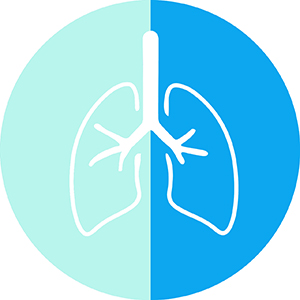COPD sleep phenotypes: Genesis of respiratory failure in COPD

Submitted: January 22, 2021
Accepted: August 10, 2021
Published: November 4, 2021
Accepted: August 10, 2021
Abstract Views: 1490
PDF: 814
Publisher's note
All claims expressed in this article are solely those of the authors and do not necessarily represent those of their affiliated organizations, or those of the publisher, the editors and the reviewers. Any product that may be evaluated in this article or claim that may be made by its manufacturer is not guaranteed or endorsed by the publisher.
All claims expressed in this article are solely those of the authors and do not necessarily represent those of their affiliated organizations, or those of the publisher, the editors and the reviewers. Any product that may be evaluated in this article or claim that may be made by its manufacturer is not guaranteed or endorsed by the publisher.
Similar Articles
- Jayabharathi Palanivel, Madhusmita Mohanty Mohapatra, Manju Rajaram, Debasis Gochhait, Sunitha Vellathussery Chakkalakkoombil, Rakesh Singh, Prevalence and risk factors for chronic pulmonary aspergillosis in chronic obstructive pulmonary disease patients with acute exacerbations , Monaldi Archives for Chest Disease: Early Access
- T. Kinnunen, O. Säynäjäkangas, T. Keistinen, Features of hospitalisations for acute exacerbation of COPD resulting in death , Monaldi Archives for Chest Disease: Vol. 67 No. 1 (2007): Pulmonary series
- M. Vitacca, L. Bianchi, L. Barbano, N. Ambrosino, Lung and respiratory muscle function at discharge from a respiratory intensive care unit , Monaldi Archives for Chest Disease: Vol. 63 No. 3 (2005): Pulmonary series
- A. Zanini, S. Della Patrona, A.L. Facchini, A. Spanevello, Induced sputum in the management of COPD: clinical implications , Monaldi Archives for Chest Disease: Vol. 77 No. 1 (2012): Pulmonary series
- G. Valli, A. Fedeli, R. Antonucci, P. Paoletti, P. Palange, Water and sodium imbalance in COPD patients , Monaldi Archives for Chest Disease: Vol. 61 No. 2 (2004): Pulmonary series
- S. Nava, L.M. Fuccella, B. Viglianti, Physiological effects of intravenous fructose 1.6-diphosphate on diaphragmatic function in malnourished patients with COPD , Monaldi Archives for Chest Disease: Vol. 61 No. 4 (2004): Pulmonary series
- Mahismita Patro, Nipun Malhotra, Dipti Gothi, Rahul Kumar, Ganjam Yasasvini, Diagnostic accuracy of daytime polysomnography: a reappraisal during the COVID-19 era , Monaldi Archives for Chest Disease: Early Access
- Pier Luigi Temporelli, Cardiopulmonary rehabilitation in patiens with heart failure and chronic pulmonary disease , Monaldi Archives for Chest Disease: Vol. 84 No. 1-2 (2015): Cardiac series
- Amanda R. van Buul, Marise J. Kasteleyn, Vitalii Poberezhets, Tobias N. Bonten, Renée de Mutsert, Pieter S. Hiemstra, Saskia le Cessie, Frits R. Rosendaal, Niels H. Chavannes, Christian Taube, Factors associated with physical activity among COPD patients with mild or moderate airflow obstruction , Monaldi Archives for Chest Disease: Vol. 92 No. 1 (2022)
- Ankur Gupta, Kranti Garg, Vishal Chopra, Surinder Pal Singh, Assessment of health status and its correlation with lung function in patients with chronic obstructive pulmonary disease: a study from a tertiary care center in north India , Monaldi Archives for Chest Disease: Vol. 94 No. 1 (2024)
<< < 2 3 4 5 6 7 8 9 10 11 > >>
You may also start an advanced similarity search for this article.

 https://doi.org/10.4081/monaldi.2021.1776
https://doi.org/10.4081/monaldi.2021.1776





